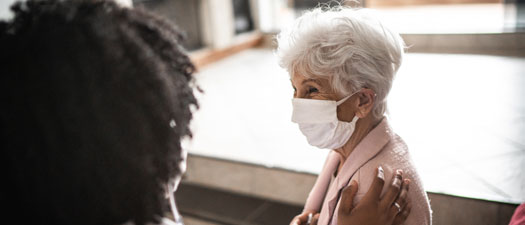Spinal stenosis
——
Spinal stenosis happens when the spine tightens and presses on the spinal cord, causing pain.
The spinal canal is where the spinal cord travels through the spine. Spinal stenosis is when the spinal canal narrows.
Causes and symptoms
-
OR
-
OR
-
OR
Helpful resources
——

Health and wellness
Looking for ways to feel your best? Check out our wellness library and community events.
Top


